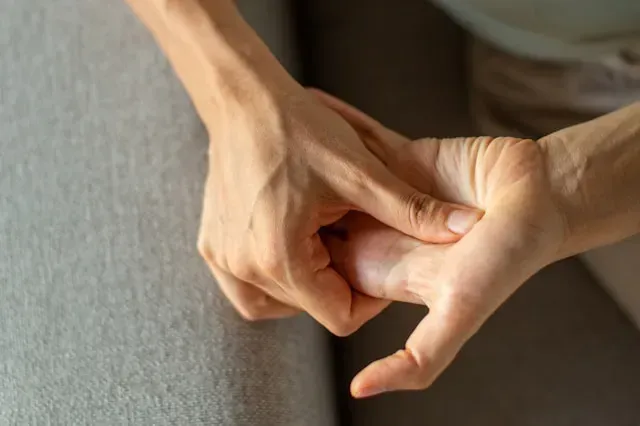An Acupressure Massage is a form of alternative medicine rooted in Chinese medicine that involves applying direct pressure to specific pressure points along the body’s energy meridians. It is designed to release energy blockages, promote relaxation, and stimulate the body’s natural healing processes.

Acupressure Massage
Learn how Acupressure Massage can enhance relaxation and pain relief. Explore its benefits for your clients today!
Get carepatron free
Commonly asked questions
Acupressure focuses on stimulating points to restore energy flow, while deep tissue massage targets deeper muscle layers to relieve tension and pain. Deep tissue massage is not based on energy meridians or pressure points, unlike acupressure.
Acupressure is not recommended for individuals with open wounds, fractures, or serious medical conditions like cancer without consulting a healthcare professional. Pregnant individuals should avoid specific pressure points that may stimulate contractions.







